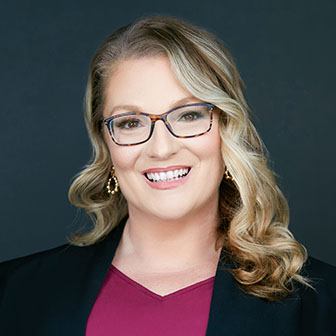New Florida Law Provides Additional Options for Wetland Mitigation Banking Credits
In good news for landowners, developers, and mitigation bankers alike, Governor DeSantis signed a new Florida law making it possible to use mitigation bank credits outside of a wetland bank’s existing mitigation service area. The legislation was designed to address credit deficient basins in Florida—those areas of the state where there are insufficient wetland mitigation bank credits available to offset wetland impacts.
Previously, if a project proposed to impact wetlands in an area where no wetland mitigation bank credits were available for purchase, the applicant would need to either undertake a cumulative impact analysis to be able to purchase mitigation bank credits from a neighboring watershed, or would have to provide alternative forms of wetland mitigation such as a permittee-responsible project. As of July 1, 2025, this new law makes it easier for an applicant to purchase mitigation bank credits from a neighboring watershed, albeit with an added multiplier.
Before allowing out-of-watershed mitigation bank credits to be used, Florida Department of Environmental Protection or a water management district (referred to herein as “Agency”), must first determine if there are mitigation bank credits of the appropriate type available in the watershed where the impacts are proposed. If it is determined that appropriate bank credits are not available, then the applicant may use mitigation bank credits from an immediately adjacent watershed using a 1.2 multiplier. If the immediately adjacent watershed also has insufficient credits, an additional 0.25 multiplier must be applied for each additional regional watershed boundary crossed. Finally, if the mitigation bank credits to be used are out-of-kind credits, such as forested credits when herbaceous impacts are proposed, an additional multiplier of 0.50 must also be used. Therefore, if a project would require 10 credits to offset impacts, but the closest credits are of the same type in the immediately adjacent watershed, 12 credits would need to be purchased.
This new law only applies to state wetland mitigation bank credits. Many Florida mitigation banks have separate ledgers for state credits and federal credits. State ledgers are approved by Agencies under Florida’s environmental resource permitting program. Federal ledgers are approved by the United States Army Corps of Engineers (USACE) under the Federal Mitigation Bank Program. Impacts to wetlands in Florida that are state-jurisdictional wetlands as well as waters of the United States require mitigation at both the state and federal levels. While this law does not apply to federal credit letters, the Jacksonville District of the USACE has its own Proximity Factor Guidance that can be used for federal credits. The USACE Guidance applies a 1.5 multiplier for an immediately adjacent watershed and an additional 0.25 multiplier for additional watershed boundaries crossed. For out-of-kind replacement, the federal multiplier is 0.75.
This new Florida law, especially when used in conjunction with the Jacksonville District Proximity Factor Guidance, provides developers in Florida with additional options for compensatory wetland mitigation. It also ensures a more robust market for mitigation bankers while protecting the rights of existing mitigation banks.
Our Environmental and Natural Resources and our Land Use and Zoning Groups will be monitoring how the Agencies implement this new legislation.


























